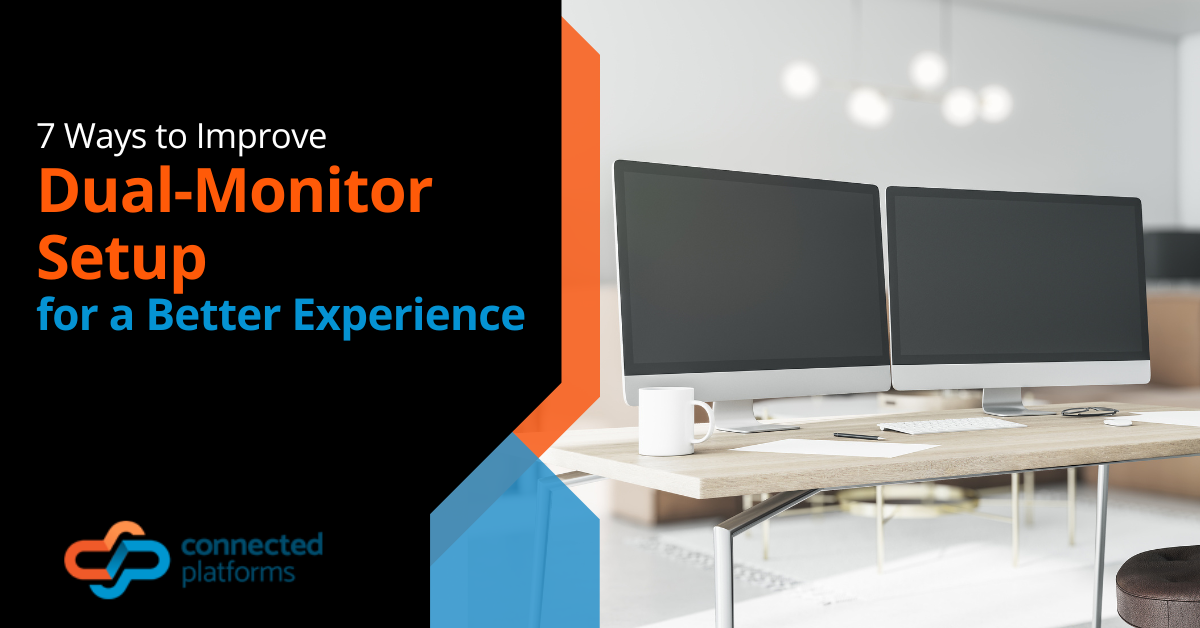Cyber attacks, hurricanes and power outages are just some of the unexpected events that can plunge your business into downtime. If and when this happens, you’ll want to ensure you have a disaster recovery plan in place. Otherwise, you risk losing precious data – like financial information, intellectual property and customer records – for good.
Losing data isn’t just frustrating from a productivity perspective. It can also have serious financial consequences. In fact, research indicates that 6 in 10 companies that lose a significant amount of data from an attack close for good within six months.
While no company is impenetrable, and disasters are often unavoidable, how you react is well within your control. Having a thorough disaster recovery plan can be the difference between minor downtime and a major outage.
What are the Benefits of a Disaster Recovery Plan?
A solid disaster recovery plan will optimise your approach to unplanned downtime, helping you to minimise the damage to your systems and reduce the economic implications of being forced offline. The benefits can be summarised as:
- Enable operations to continue from a third location due to prior planning
- Data loss is reduced due to a regular backup policy
- Security solutions are put in place to prevent common attacks
- People are trained to respond to the disruption in a calm and timely manner
- Leadership knows who to contact in the event of a disaster for quick mobilisation
Essentially, a good disaster recovery plan will act as guidance during a disaster, helping you to restore your systems and get back up and running swiftly.
If you’re yet to create a disaster recovery plan, we suggest doing so as a matter of urgency. Not sure how to get started? Contact us. Our expert team has helped many businesses create robust disaster recovery and business continuity strategies.
Get to Know: RTO and RPO
Whether you design your own plan or work with an expert provider, you’ll notice two acronyms crop up again and again in the world of disaster recovery planning. These two phrases are
recovery time objective (RTO) and recovery point objective (RPO).
These terms are integral to successful disaster recovery. They will guide your planning and help you to create a timeline to recover data as best as possible.
What is the Difference Between RPO and RTO?
RPO is concerned with the regularity of your organisation’s backups. Of course, organisations backup huge amounts of data every day. RPO doesn’t need to consider all your data – just the most business-critical information.
Essentially, RPO is a metric – typically measured in hours and minutes – that analyses your company’s ability to manually recover data that is lost during an outage, where backups are offline.
Manual recovery could involve entering data from memory, finding copies of it on hard drives, or even contacting clients and customers to ask them to reshare information. Typically, RPO figures are about two hours for most companies.
By contrast, RTO is concerned with your IT infrastructure. It’s focused on getting your systems back up and running. This metric specifies the amount of time after an outage in which operations need to be restored before there is a negative impact on the bottom line.
Determining RTOs and RPOs for Your Business
Given the criticality and technical nature of RTO and RPO metrics, many businesses choose to work with third-party providers to calculate these timeframes. We advise against using generic online guidance, as this won’t take into account your business’ unique circumstances.
Moreover, determining RTO and RPO takes careful data gathering and analysis. You need to consider factors such as the size of your organisation, the sector you operate in, the data that is most critical to your day to day processes and much more.
With these metrics in place, you will feel much more confident about your company’s ability to manage unplanned disruption.
Don’t Forget to Review RTO and RPO Metrics Regularly
RPO and RTO metrics aren’t things that should be calculated once and then forgotten about. You need to re-assess these metrics regularly to make sure they are still relevant. This is because the digital world is fast-moving. As your environment changes and your company evolves, you may outgrow your previous disaster recovery plan.
It’s essential that your RPO and RTO are up to date. Otherwise, they will be redundant. We advise putting place annual or bi-annual meetings to review and test your disaster recovery plan so that you can ensure it is suitable and amend it as needed.
Does Your Business Disaster Recovery Plan Need an Update?
Connected Platforms has disaster recovery and business continuity experts on staff that can help you update your recovery plan to ensure your business is ready for anything.
Contact us today for a free consultation or for professionally managed IT services and business continuity solutions. Call 1300 866 096 or book a coffee meeting online.




